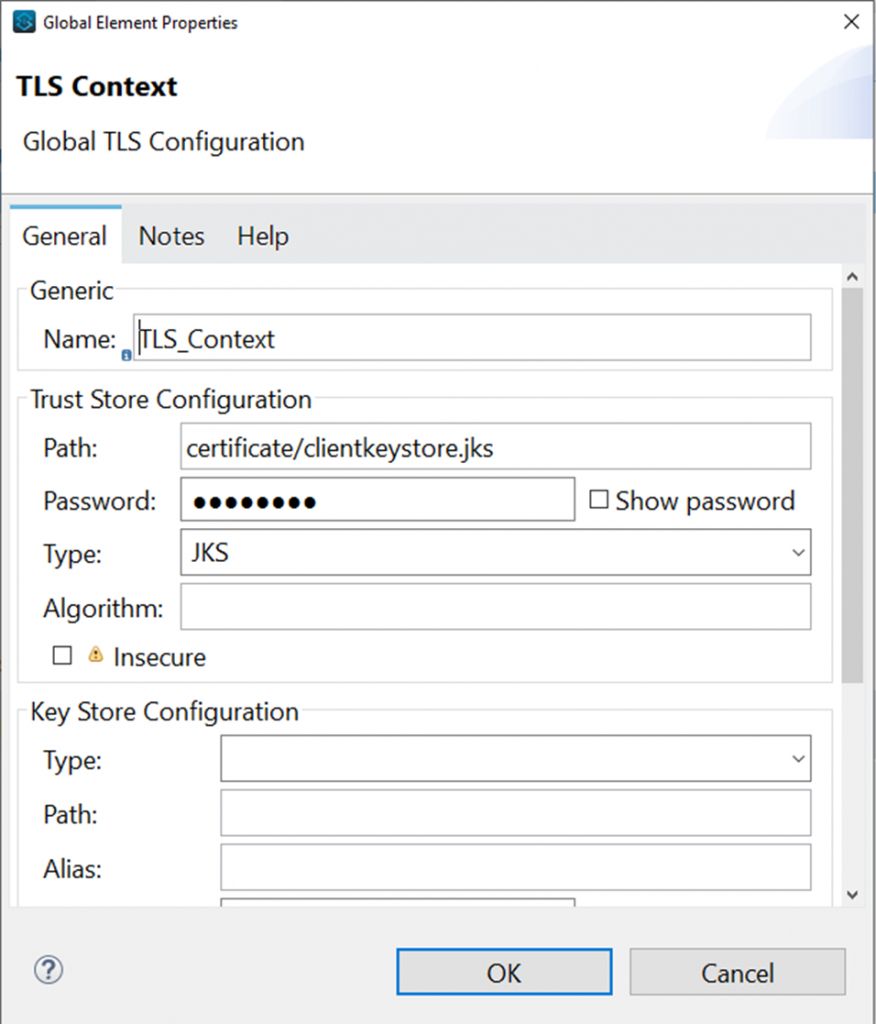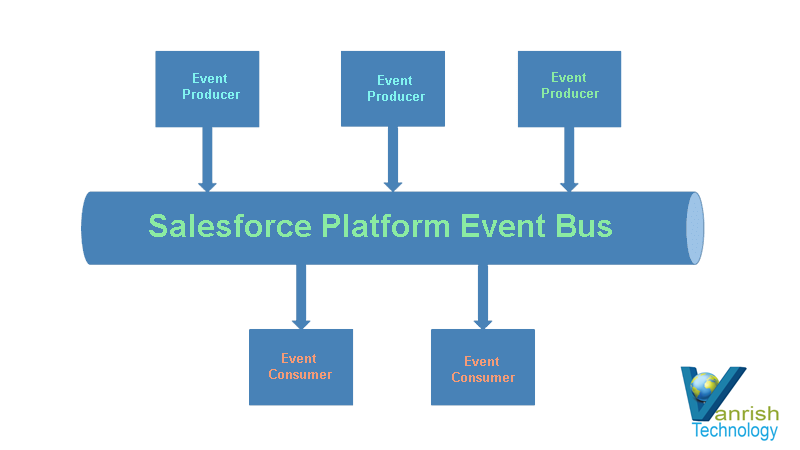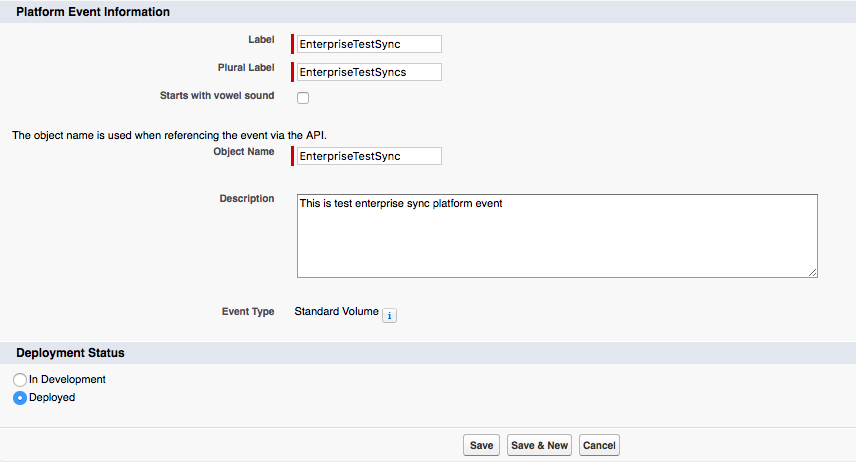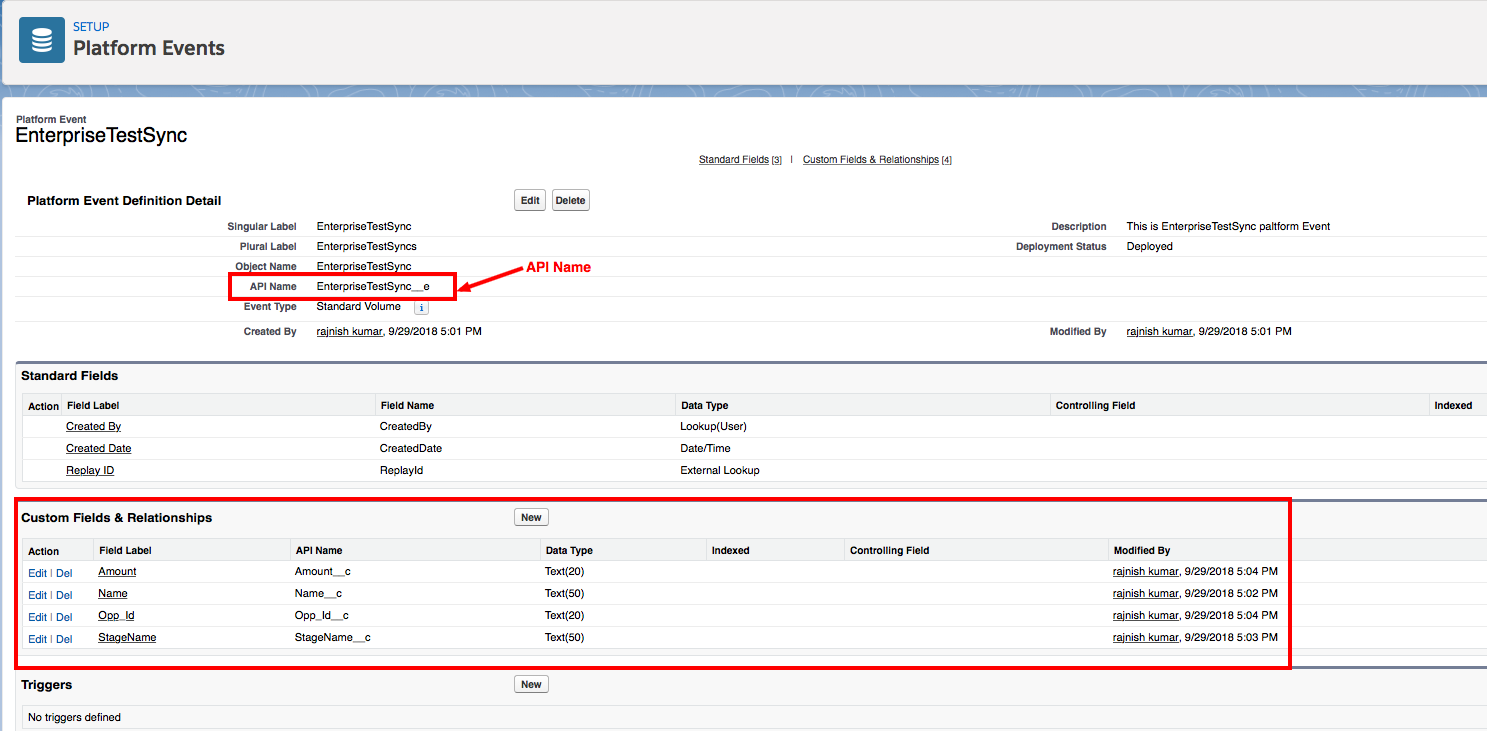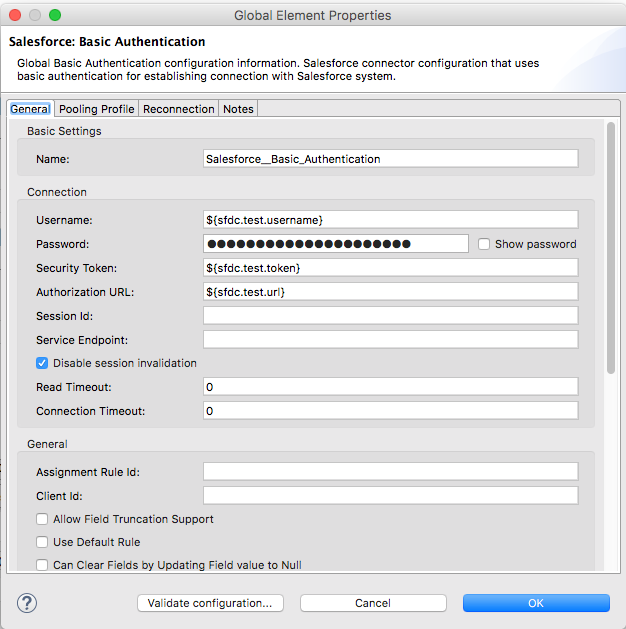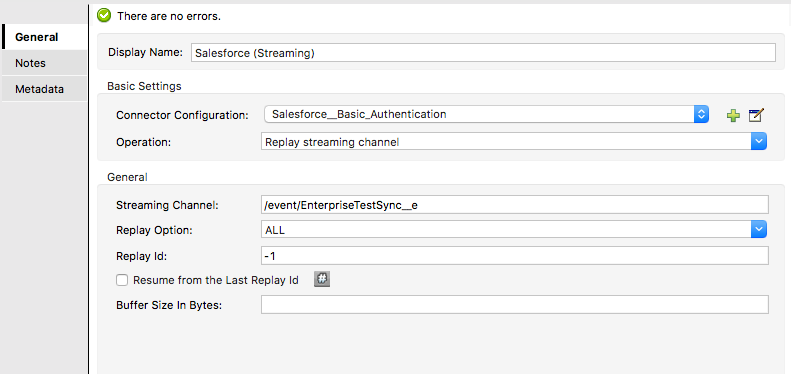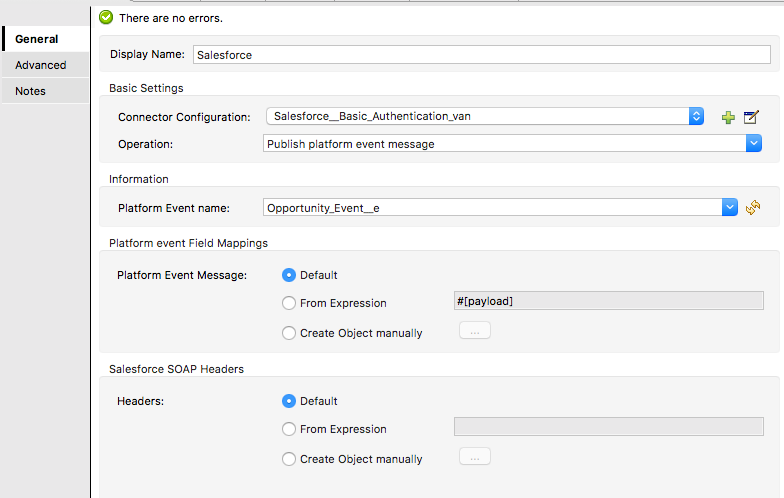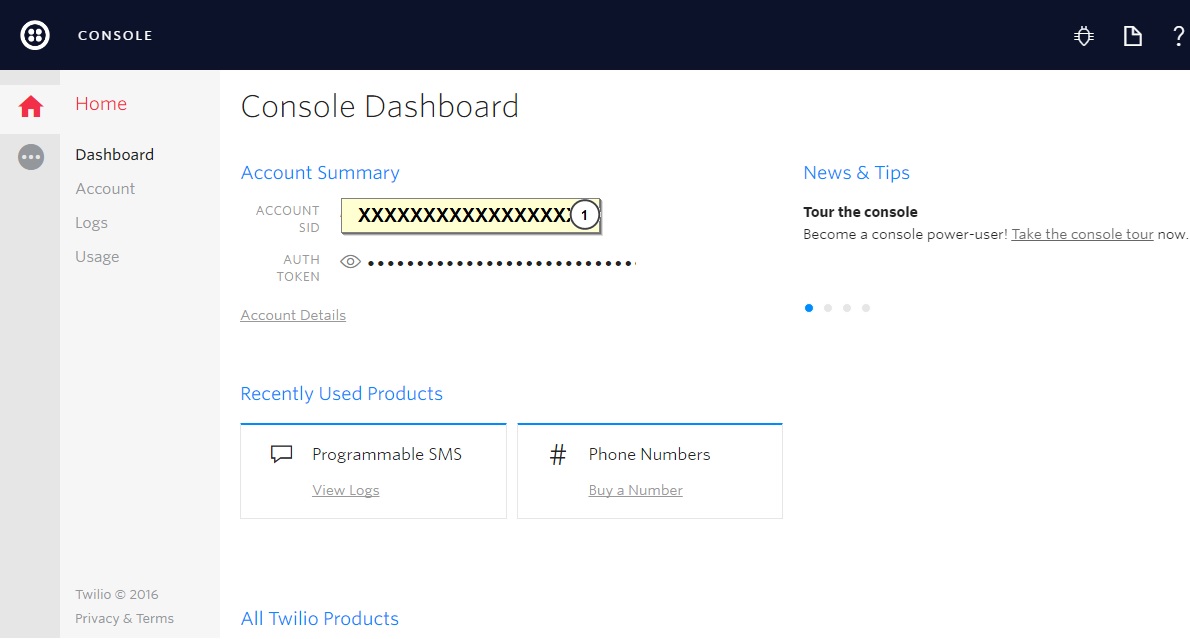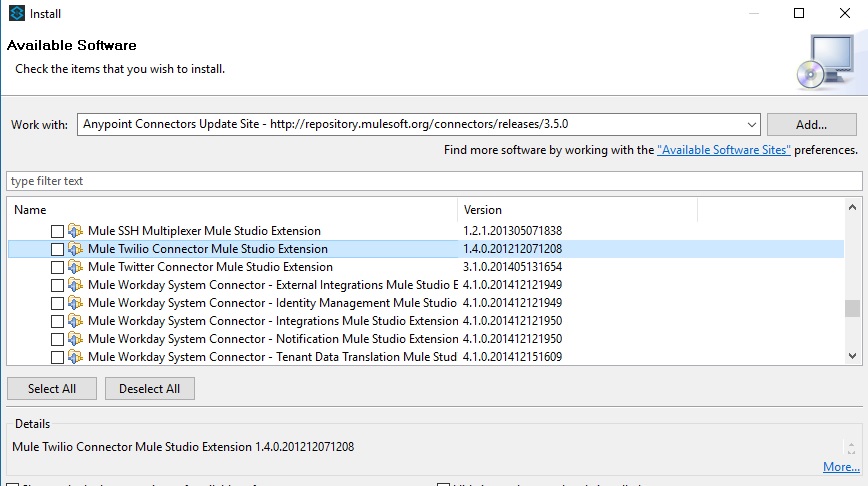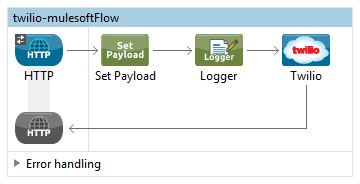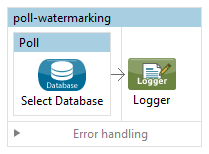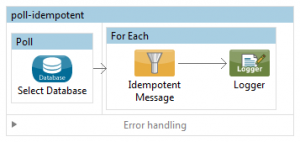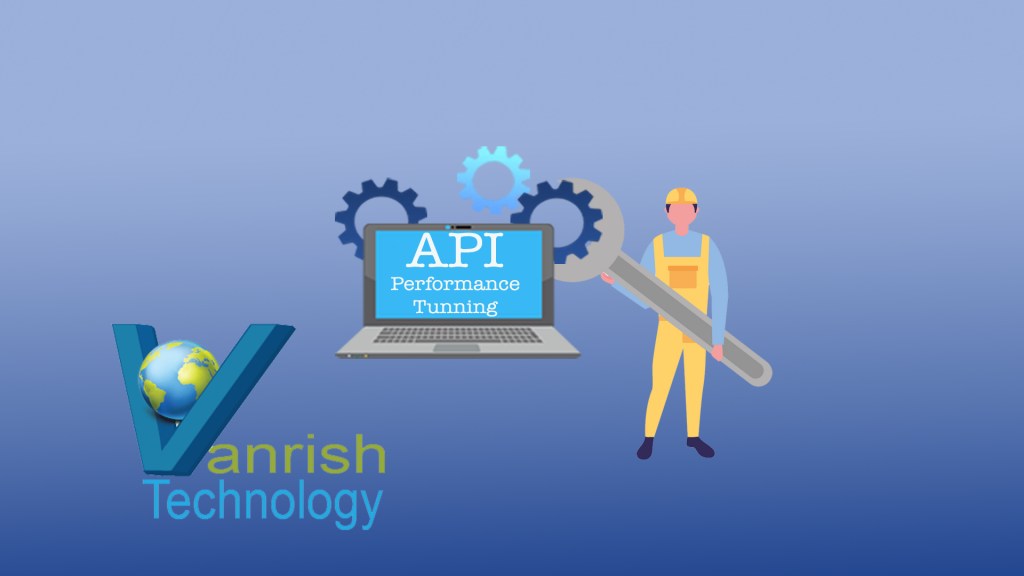
- Keep the application synchronous if possible. Synchronous flows avoid serialization/deserialization of messages sent through VM queues, do not cause context switches, and do not cause contention when messages move across thread pools.
- Store as little as possible in variables. The vars are serialized and deserialized every time a message crosses an endpoint, even if it is a VM endpoint. This will impact performance overhead in direct proportion to the size of variables and the number of endpoints.
- Use Dataweave Java payloads whenever possible. The usage of a canonical data model is recommended for projects that deal with data (mapping, transformation etc.). It is also recommended to create them in Java objects as dataweave whenever possible, as this provides the fastest format to access fields and change information and to convert to other formats.
- Encourage dataweave languages. For better performance, use Dataweave for simple data extraction from messages, and Java components with dataweave for everything else.
- Use flow references instead of VM endpoints. To communicate between flows internally within an application, use flow references instead of VM endpoints. The VM connector, even though it is an in-memory protocol, emulates transport semantics that serialize and deserialize parts of your messages, most notably the vars. This makes it slower than a flow reference, which just injects messages into the referenced flow with no intermediate steps. Please note that in some cases the usage of VM endpoints is preferred (see the chapter on reliability patterns). For example, a Mule cluster can load balance applications that use VM endpoints by deferring execution to another, available node in the cluster.
- Cache aggressively. Take advantage of Mule’s caching scope when making requests to external resources like Web services or databases. Also consider caching reusable assets such as security tokens or ephemeral API keys and cookies. Mule’s Notification subsystem can additionally be used to “warm up” a cache when Mule starts. For example, consider doing this for situations where an initial cache miss is not acceptable.
- Configure message processors and endpoints at the global level. Some connectors allow you to configure some parameters at both the global and the endpoint/message processor level. We recommend placing the configuration at a global level to avoid repeated initialization of resources.
- Avoid creating a large volume of business events. Business events incur performance overhead in Mule and in platform when platform’s internal event buffer overflows. Thus, avoid using either default flow level business events or a large volume of custom business events in a high message volume project.
- Consider using message compression. For communicating between Mule applications over the network consider using Mule’s compression processors to compress/decompress the message payloads before they hit the wire if their sizes are large.
- Consider using VM queues instead of an external message broker. VM queues are fast and have some guaranteed delivery semantics in a cluster. Consider using these instead of going out to an external messaging broker for inter-application Mule communication.
- Use the async scope when appropriate. If a flow is performing processing on a message that is neither modifying the message nor changing how it is routed, then it could be wrapped in an async block. This will cause the processing to occur in a different thread and will avoid adding unnecessary overhead to processing the message.
- Use connection pooling for connectors because the performance cost of establishing a connection to another data source, such as a database, is relatively high.
- Optimize your logging within your mule flows. Too much logging will slow down your process and too less logging will hard to debug.
- Encryption and decryption of data is very costly. Whenever your Mule application really needs then apply encryption/decryption on your data.
Rajnish Kumar, the CTO of Vanrish Technology, brings over 25 years of experience across various industries and technologies. He has been recognized with the “AI Advocate and MuleSoft Community Influencer Award” from the Salesforce/MuleSoft Community, showcasing his dedication to advancing technology. Rajnish is actively involved as a MuleSoft Mentor/Meetup leader, demonstrating his commitment to sharing knowledge and fostering growth in the tech community.
His passion for innovation shines through in his work, particularly in cutting-edge areas such as APIs, the Internet Of Things (IOT), Artificial Intelligence (AI) ecosystem, and Cybersecurity. Rajnish actively engages with audiences on platforms like Salesforce Dreamforce, World Tour, Podcasts, and other avenues, where he shares his insights and expertise to assist customers on their digital transformation journey.



